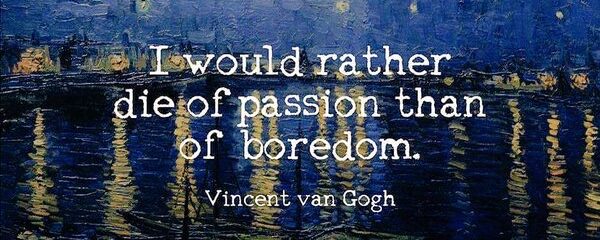
Photo by Google
First do your task, then talk about it.
A good horse has many faults; a bad one has hardly any.
People who make the most or the loudest threats are the least likely to take action.
Distrust is the mother of safety.
Croatia is a country at the crossroads of Central and Southeast Europe on the Adriatic Sea. It borders Slovenia to the northwest, Hungary to the northeast, Serbia to the east, Bosnia and Herzegovina and Montenegro to the southeast, and shares a maritime border with Italy to the west and southwest. Its capital and largest city, Zagreb, forms one of the country’s primary subdivisions, with twenty counties. Croatia has 56,594 square kilometres (21,851 square miles) and a population of 4.07 million. The Croats arrived in the 6th century and organised the territory into two duchies by the 9th century. Croatia was first internationally recognised as independent on 7 June 879 during the reign of Duke Branimir. Tomislav became the first king by 925, elevating Croatia to the status of a kingdom. During the succession crisis after the Trpimirović dynasty ended, Croatia entered a personal union with Hungary in 1102. In 1527, faced with Ottoman conquest, the Croatian Parliament elected Ferdinand I of Austria to the Croatian throne. In October 1918, the State of Slovenes, Croats and Serbs, independent from Austria-Hungary, was proclaimed in Zagreb, and in December 1918, merged into the Kingdom of Yugoslavia. Following the Axis invasion of Yugoslavia in April 1941, most of Croatia was incorporated into a Nazi installed puppet state, the Independent State of Croatia. A resistance movement led to the creation of the Socialist Republic of Croatia, which after the war became a founding member and constituent of the Socialist Federal Republic of Yugoslavia. On 25 June 1991, Croatia declared independence, and the War of Independence was fought for four years following the declaration.
Dubrovnik
Dubrovnik is a city on the Adriatic Sea in southern Croatia. The history of the city probably dates back to the 7th century, when the town known as Ragusa was founded by refugees from Epidaurum (Ragusa Vecchia). It was under the protection of the Byzantine Empire and later under the sovereignty of the Republic of Venice. Between the 14th and 19th centuries, Dubrovnik ruled itself as a free state. The prosperity of the city was historically based on maritime trade; as the capital of the maritime Republic of Ragusa, it achieved a high level of development, particularly during the 15th and 16th centuries, as it became notable for its wealth and skilled diplomacy.
Plitvice lakes
Plitvice Lakes National Park is one of the oldest and largest national parks in Croatia. The national park was founded in 1949 and is in the mountainous karst area of central Croatia, at the border to Bosnia and Herzegovina. The important north–south road that passes through the national park area connects the Croatian inland with the Adriatic coastal region. The protected area extends over 296.85 square kilometres (73,350 acres). About 90% of this area is part of Lika-Senj County, while the remaining 10% is part of Karlovac County.
Samobor
Samobor is one of the earliest tourist resorts in the region, with the first tourist facilities dating back to 1810. The town’s beautiful surroundings and vicinity to the capital have supported this tourist tradition to the present day.
Split
Split is Croatia’s second-largest city and the largest city in the Dalmatia region. It lies on the eastern shore of the Adriatic Sea and is spread over a central peninsula and its surroundings. The city was founded as the Greek colony of Aspálathos (Aσπάλαθος) in the 3rd or 2nd century BC on the coast of the Illyrian Dalmatae, and later on was home to Diocletian’s Palace, built for the Roman emperor in AD 305.
Zadar
Zadar is the oldest continuously inhabited Croatian city. It is situated on the Adriatic Sea, at the northwestern part of Ravni Kotari region. Zadar serves as the seat of Zadar County and of the wider northern Dalmatian region. The area of present-day Zadar traces its earliest evidence of human life from the late Stone Age, while numerous settlements date as early as the Neolithic.
Zagreb
Zagreb is the capital and largest city of Croatia. It is in the northwest of the country, along the Sava river, at the southern slopes of the Medvednica mountain. Zagreb lies at an elevation of approximately 122 m (400 ft) above sea level. Zagreb is a city with a rich history dating from Roman times. The oldest settlement in the vicinity of the city was the Roman Andautonia, in today’s Ščitarjevo. The name “Zagreb” is recorded in 1134, in reference to the foundation of the settlement at Kaptol in 1094. Zagreb became a free royal city in 1242. In 1851 Zagreb had its first mayor, Janko Kamauf.











































